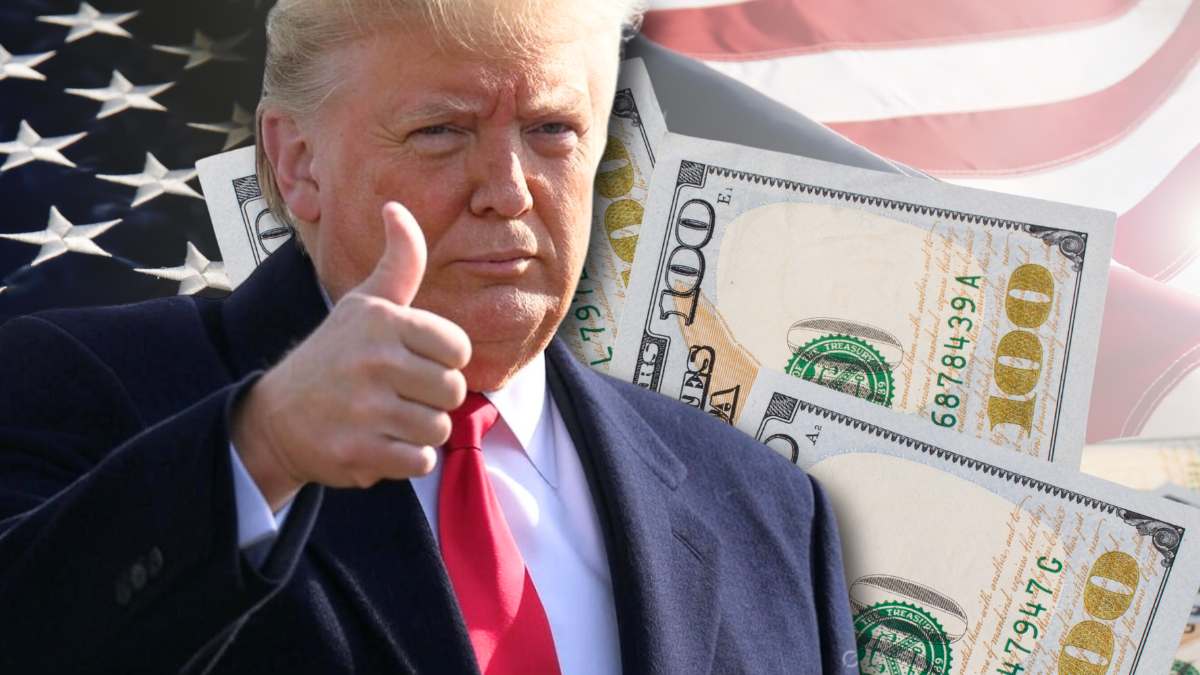Since the idea of distributing one-time payments of $5,000 to American households under the name “DOGE dividends” was leaked, speculation has not stopped. Although figures such as Department of Government Efficiency (DOGE) Secretary Elon Musk and President Donald Trump have shown interest, the proposal remains a puzzle without official confirmation. What is behind this plan and what obstacles does it face to become a reality?
The initiative was raised by James Fishback, CEO of the investment firm Azoria, who proposed in February 2025 that 20% of the savings generated by the “Department of Government Efficiency” (DOGE)—created by Trump to reduce federal spending—be returned to taxpayers in a form of stimulus checks.
Where would the money come from to pay $5,000 to qualifying households?
Fishback argued on social media that if DOGE managed to save 2 trillion, 2.4 trillion could be allocated to a “rebate” of $5,000 per household. The idea became relevant when Musk responded in X: “I will check with the president,” while Trump, at a rally in Florida, mentioned that he would “explore” allocating part of those savings to citizens.
The project promises $5,000 per household, but with conditions: it would only benefit those who pay federal taxes, excluding those who receive more benefits than their contributions. According to Fishback, this limitation would avoid the inflationary effect of the pandemic checks, since the funds would come from cuts and not debt.
Fishback has stated in recent days that there is important “progress” regarding the realization of the DOGE dividend, but the federal government has not come out to say anything else.
Do these stimulus checks have any support?
Although Trump and Musk give ambiguous signals of support, the proposal collides with institutional realities. Speaker Mike Johnson warned that it would be “irresponsible” in the face of a $36 trillion federal debt, while economists like Judge Glock warn of inflationary risks. Additionally, DOGE has no authority to issue payments: any distribution would require approval from Congress, where Republicans and Democrats prioritize reducing the deficit.
“DOGE dividends” are, for now, an idea with no clear route. Insufficient savings, lack of political consensus and economic fears make them more of a rhetorical tool than a viable policy. Unless DOGE achieves unprecedented cuts and Congress changes its stance, $5,000 will remain an unknown.
What is worth clarifying is that the DOGE dividends would be financed with the savings that DOGE achieves in federal expenses, while other stimulus checks (such as those sent in the pandemic-era) were financed with the issuance of banknotes, which caused some extraordinary inflation in the United States, a country not used to inflationary jumps.




